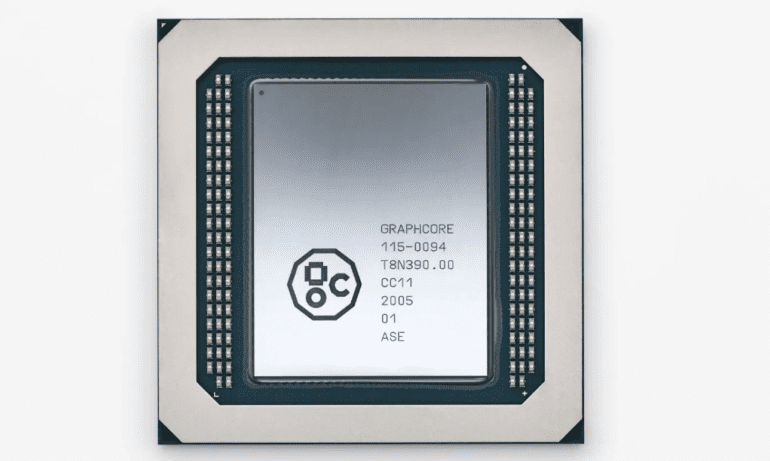TL;DR:
- British microchip leader Graphcore is considering a sale to foreign entities amidst struggles in capitalizing on the AI boom.
- Ongoing discussions with major tech firms aim to secure funding to offset substantial losses.
- Speculated buyers include Arm, SoftBank, and OpenAI, although official comments are unavailable.
- Valuations by investment firms suggest potential progress in sale negotiations, following earlier setbacks.
- Graphcore faces stiff competition from industry giants like Nvidia, hindering widespread adoption of its AI processors.
- Cost-cutting measures, including layoffs and office closures, reflect efforts to navigate challenges in the market.
Main AI News:
Amidst challenges in capitalizing on the surge in artificial intelligence, British microchip leader Graphcore is considering a sale to foreign entities. Sources within the industry reveal ongoing discussions with major tech firms as Graphcore aims to secure fresh funding to offset substantial losses.
Graphcore’s value has witnessed a significant boost, according to senior investors, hinting at a potential deal exceeding $500 million. However, any foreign acquisition is likely to face scrutiny from national security bodies, given the strategic importance of AI technology.
As global demand for AI processors escalates, companies like Graphcore are crucial players. Yet, despite its efforts to rival industry giants like Nvidia, Graphcore reported a 46% revenue decline and widened losses last year. Despite seeking new funding, the company faces challenges in securing investments.
Speculations regarding potential buyers include Arm, SoftBank, and OpenAI, although official comments from these entities remain elusive. Regardless, the progress of sale discussions remains undisclosed, possibly occurring parallel to independent fundraising initiatives.
Investment firms such as Chrysalis and Baillie Gifford have significantly revised up their valuations of Graphcore, suggesting potential progress in sale negotiations. This comes after earlier setbacks, including struggles to penetrate the AI chip market and operational issues in China due to US regulations.
Graphcore, headquartered in Bristol, has amassed over $700 million from investors like Microsoft and Sequoia. However, its “intelligence processing units” face stiff competition from Nvidia’s graphics processing units, hindering widespread adoption.
Despite these challenges, Graphcore remains resilient, undertaking cost-cutting measures like layoffs and office closures. Yet, analysts emphasize the need for substantial investment to compete effectively against industry giants like Intel and AMD, necessitating more than double its current funding.
In light of the recent surge in AI technologies, semiconductor companies face immense pressure to develop cutting-edge chips. Graphcore’s strategic decisions in the coming months will be pivotal in navigating the competitive landscape and sustaining its position in the AI market.
Conclusion:
Graphcore’s exploration of a potential foreign sale amidst struggles in the AI market underscores the intense competition and challenges faced by semiconductor companies. With significant investments needed to compete effectively against industry giants, strategic decisions in the coming months will be crucial for Graphcore to sustain its position and navigate the evolving landscape of AI technology.

